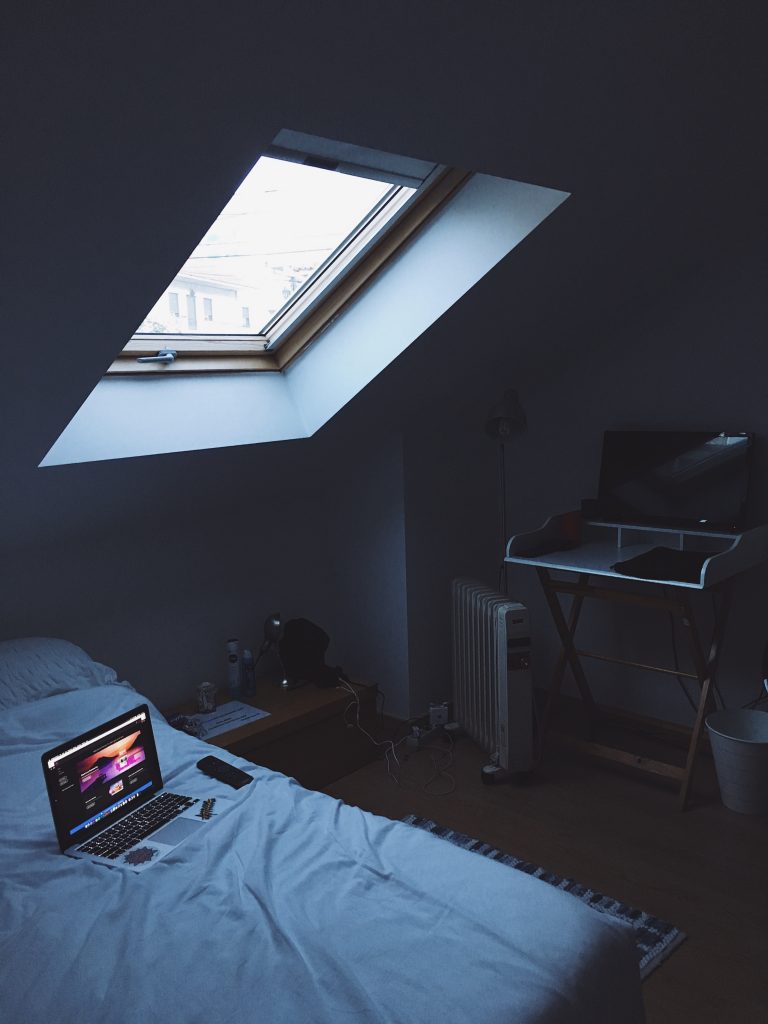Dealing with Bed Bugs and Pest Infestation on Your Properties

Mice, cockroaches, bed bugs, and the like, creep people out, so it makes sense that nobody wants them in their home. Having pest infestation issues is common and should not necessarily be seen as a poor reflection of your property—it’s just something you have to manage. Like water, pests will always find a way in. To help prevent attracting or inviting critters into your properties, regular pest control measures should be a part of your routine scheduled maintenance.
Implied Warranty of Habitability
State statutes address tenancy laws and health issues as they affect your tenant and your properties. Though some details may vary from area to area, you have a duty to provide a rental property fit for habituation. Several states, including Michigan, have even passed laws that require landlords to disclose bed bug and/or pest infestation to current and future tenants.
Causes of Pest Infestation
Depending on the location or condition of your property, it may be more prone to certain types of pests. Large grassy or wooded areas, for instance, provide a perfect environment for mice and ants. If the property’s siding is in contact with soil or is rotting, insects can build nests and gain access to the house’s interior. Tenants who don’t maintain a clean living space may be inviting cockroaches, ants, or small vermin into their homes. Even shrubbery or tree branches that touch or are close to the roof can provide a superhighway for pests. As most exterminators and pest control professionals put most of their focus on the ground level, pests seek shelter to higher ground.
Bed bugs, on the other hand, are often introduced to the premises by the tenant or their guests who carry them in with luggage or on their clothing. Especially in multi-unit housing, pest infestation can spread quickly and affect adjacent units. Bed bugs will initially hide on clothing, beds, and sheets, but can also be found on couches or chairs where there are hosts to feed on. If not contained, they could spread to drapery, electrical outlets, to the underside of the furniture. They could eventually migrate to other rooms or units via the floorboards.
Preventive Measures
The most effective measure for preventing pest infestation inside is to block any entry from the outdoors. Hiring a licensed exterminator to treat potential problem areas regularly is the best defense. They should be able to identify and help control unwanted pests and critters from entering through weak points in the property. Sealing cracks or torn window screens and trimming trees and bushes away from the property’s entry points will also make it more difficult for pests to enter. Also, to help prevent attracting or providing breeding grounds for rodents and insects, get rid of any standing water that may have accumulated after a rain, or from a leaky outdoor water tap.
Most people do very little in the way of preventing bed bugs until they have a problem, but there are measures you can take to at least hamper an outbreak. The best way is for your tenants to keep a tidy home and to be able to recognize when there is a problem. Educate your tenants on effective preventative measures, like vacuuming regularly, using mattress covers, and bathing pets and washing pet bedding regularly.
Responding to Tenant Complaints
Tenants want to feel comfortable in their homes. Unwanted house guests make tenants feel anything from aggravation to full out dread. As always, happy tenants make for happy landlords. When you get a complaint or work order from a tenant who’s seen a mouse, a cockroach, or wasp’s nest, it’s best to address the complaint as quickly as possible. Rodents and pests reproduce at incredible speeds. If the tenant has seen one, you can be sure there are more hiding out of sight. If you own multi-unit housing, you want to prevent a large-scale outbreak, which can affect many or all of your units.
Who Is Responsible for Paying for Extermination?
Not all pest infestation issues are the fault of the landlord, unfortunately though, in most jurisdictions, it’s the property owner’s responsibility to take action—even if the tenant is responsible for the outbreak. However, in many areas, if the landlord can prove that the infestation is the fault of the tenant, due to uncleanliness or neglect, like piles of outdoor trash or a filthy kitchen loaded with food scraps, the tenant may be held responsible for paying the extermination fees.
On the flip-side, if the landlord can be found to be responsible for a pest infestation, due to oversight, indifference, or not responding to tenant complaints, many states allow tenants to take action. In addition to the landlord having to flip the bill for an exterminator, tenants may have the right to withhold rent, or in some cases, break their lease and move out.
As a landlord, you can only do so much to help prevent a bed bug or pest infestation. In most cases, your tenants need to adhere to hygienic practices. Monitoring your property for maintenance issues and sticking to a regular professional pest control schedule will help eliminate an outbreak. Monitoring your tenants is much more difficult, but if you notice unsanitary conditions during routine inspections or accumulated trash outdoors, it’s in your best interest to mention your concern for the potential for unwanted pests or rodents. Not only can an outbreak be repulsive, but unsanitary conditions can bring about health issues, or/and loss of tenants.
Photo credits to Kaique Rocha